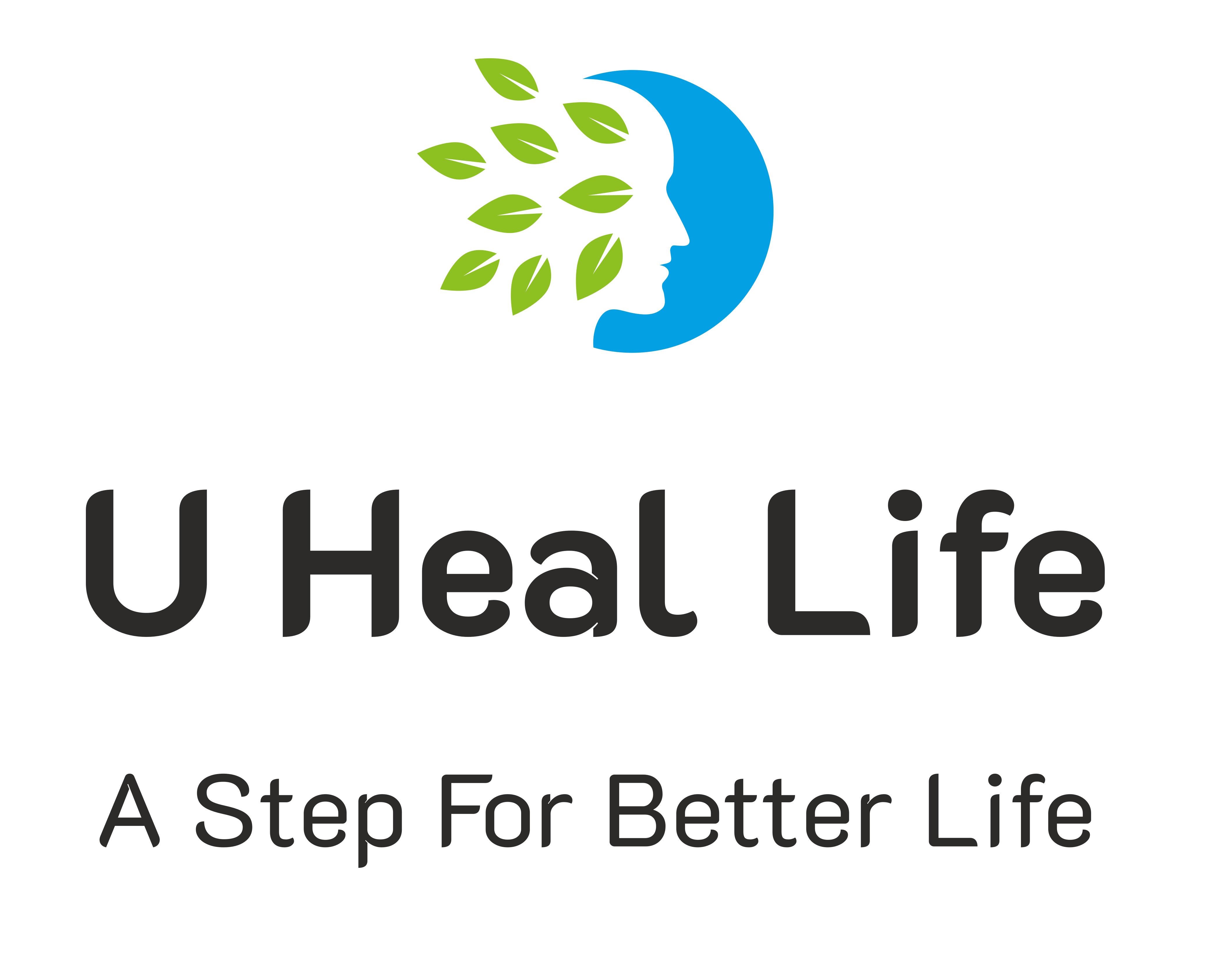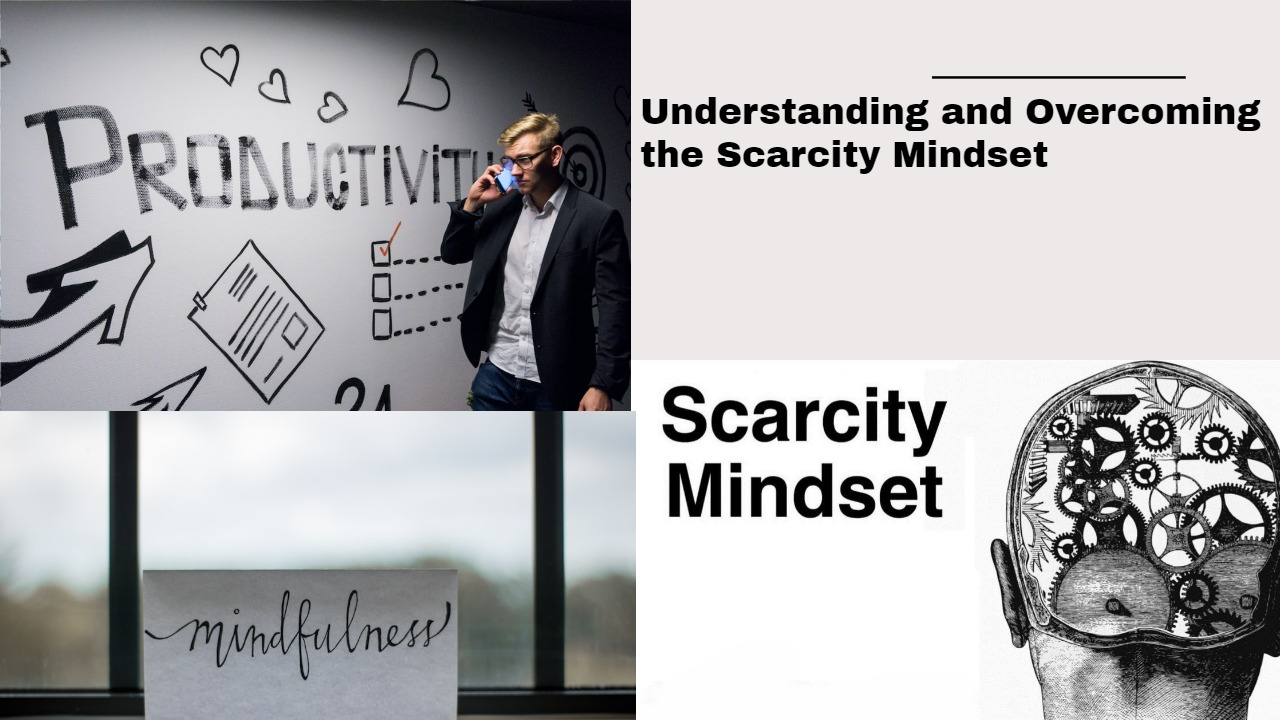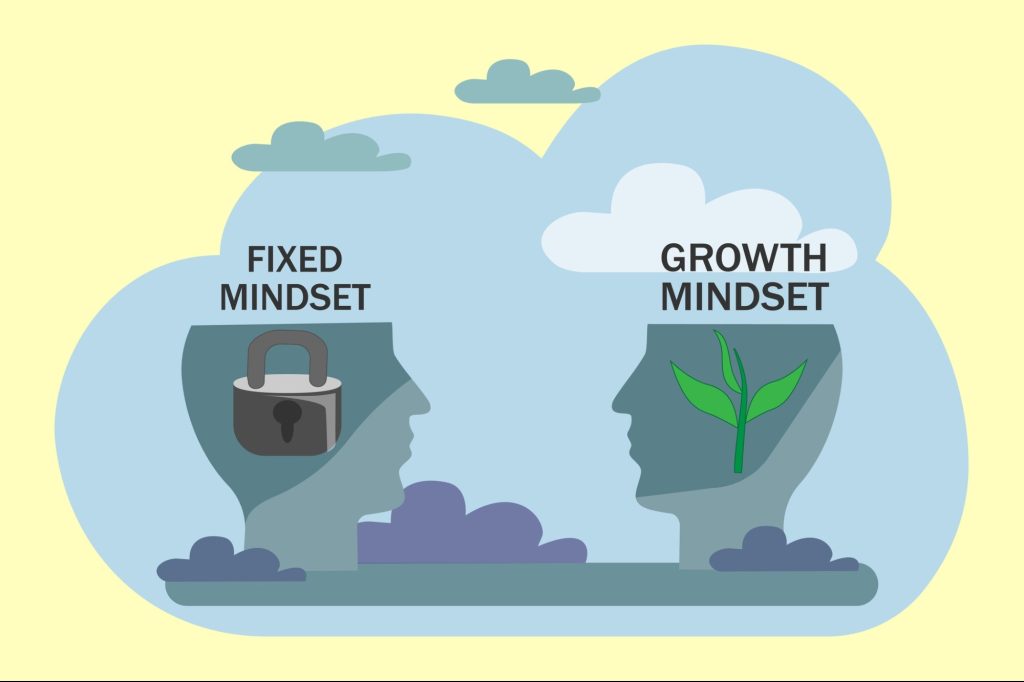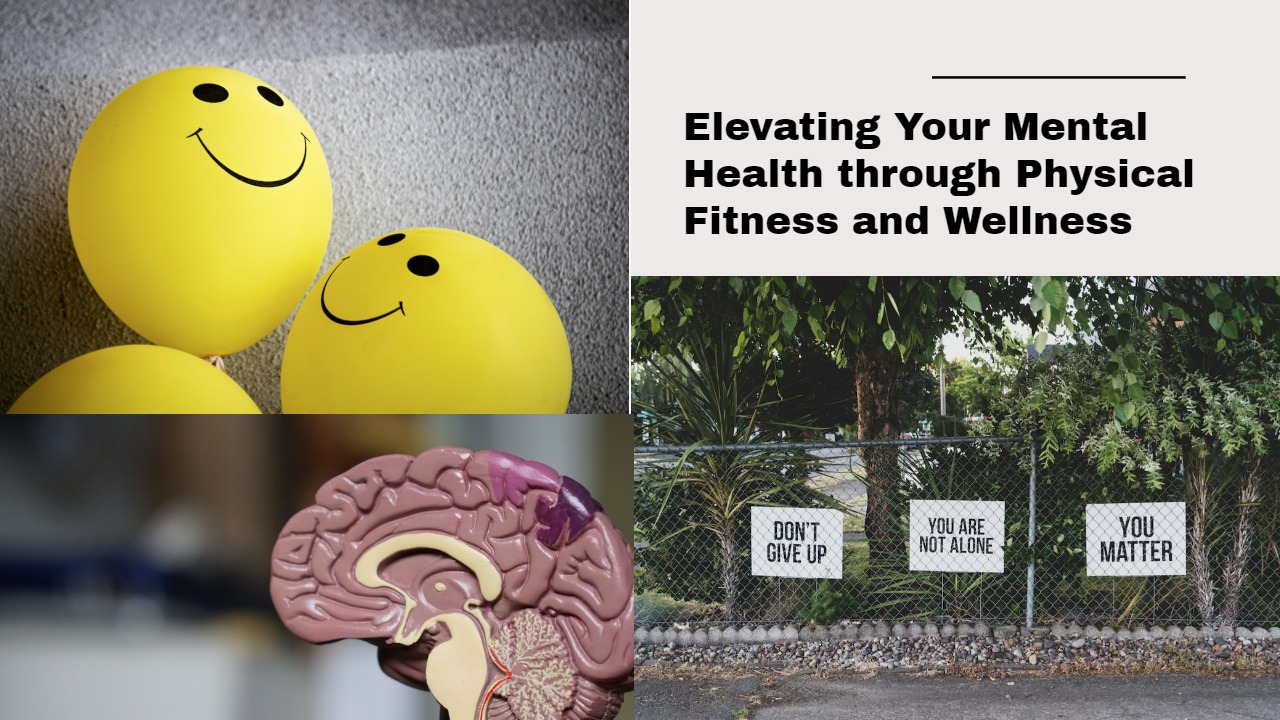Unleashing the Power of Mindset Coaching: Ignite Your Inner Potential
Are you looking to unlock your true potential and achieve your goals? Look no further than mindset coaching! With the power of mindset coaching, you can change your perspective and develop the mental tools you need to succeed. Whether you’re looking to improve your career, health, or personal relationships, mindset coaching can help you ignite your inner potential and achieve the success you deserve. So why wait? Start your journey towards personal growth and success today with the power of mindset coaching. Call WhatsApp 7597027219
A strong mindset is crucial for personal and professional growth in today’s fast-paced and unpredictable world. Mindset coaching offers valuable guidance and support, helping individuals cultivate the right mental attitude to overcome challenges, achieve goals, and discover their full potential. In this blog post, we will explore the ins and outs of mindset coaching and how it can positively impact various aspects of life.
- Understanding the Power of Mindset Coaching:
- Exploring the concept of mindset and its impact on our thoughts, emotions, and actions.
- Unpacking the role of a mindset coach and their unique approach to transforming lives.
- Highlighting the benefits of mindset coaching in developing resilience, motivation, and self-belief.
- Shifting Limiting Beliefs:
- Identifying and challenging common limiting beliefs that hinder personal growth.
- Exploring effective strategies and techniques employed by mindset coaches to reframe negative thinking patterns.
- Sharing real-life success stories of individuals who have overcome their limiting beliefs through mindset coaching.
- Developing a Growth Mindset:
- Distinguishing between a fixed mindset and a growth mindset and their respective impacts on personal development.
- Exploring strategies to cultivate a growth mindset, including positive self-talk, embracing failure, and seeking continuous learning opportunities.
- Discussing the role of mindset coaching in facilitating the shift towards a growth-oriented outlook.
- Harnessing Emotional Intelligence:
- Illustrating the importance of emotional intelligence and its correlation with mindset development.
- Exploring how mindset coaching helps individuals enhance their emotional intelligence by increasing self-awareness and empathy.
- Providing practical tips and techniques to improve emotional intelligence through mindset coaching.
- Applying Mindset Coaching in Professional Settings:
- Discussing the relevance of mindset coaching in the corporate world, entrepreneurship, and career development.
- Highlighting how mindset coaching can enhance leadership skills, decision-making, and goal achievement.
- Offering insights into successful mindset coaching programs implemented in various industries.
Conclusion:
Mindset coaching is a game-changer for those seeking personal growth, emotional well-being, and success in all areas of life. By working with a mindset coach, individuals can discover their inner potential, break free from self-imposed limitations, and adopt an empowering mindset that paves the way for a fulfilling and purposeful life journey.











